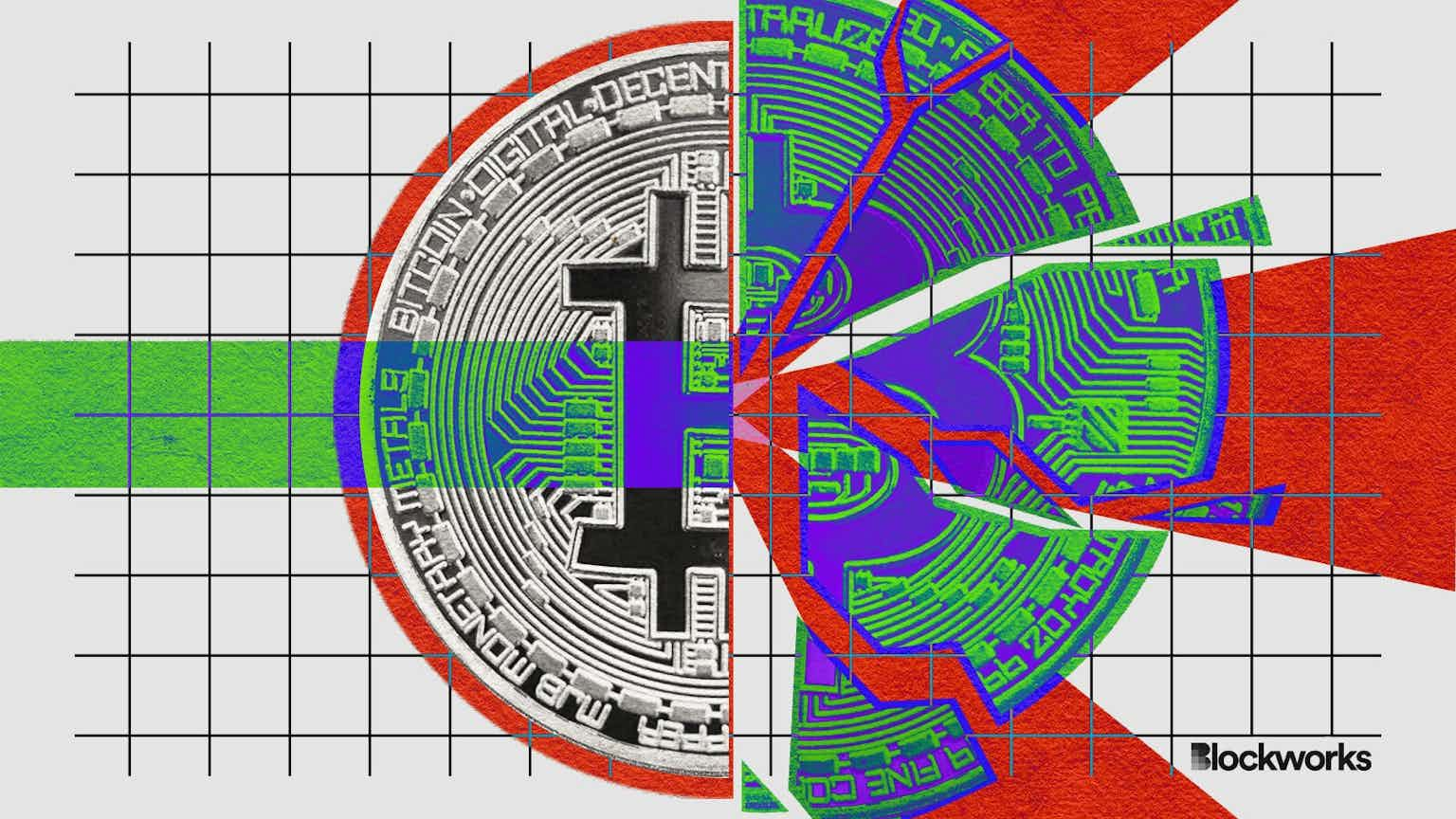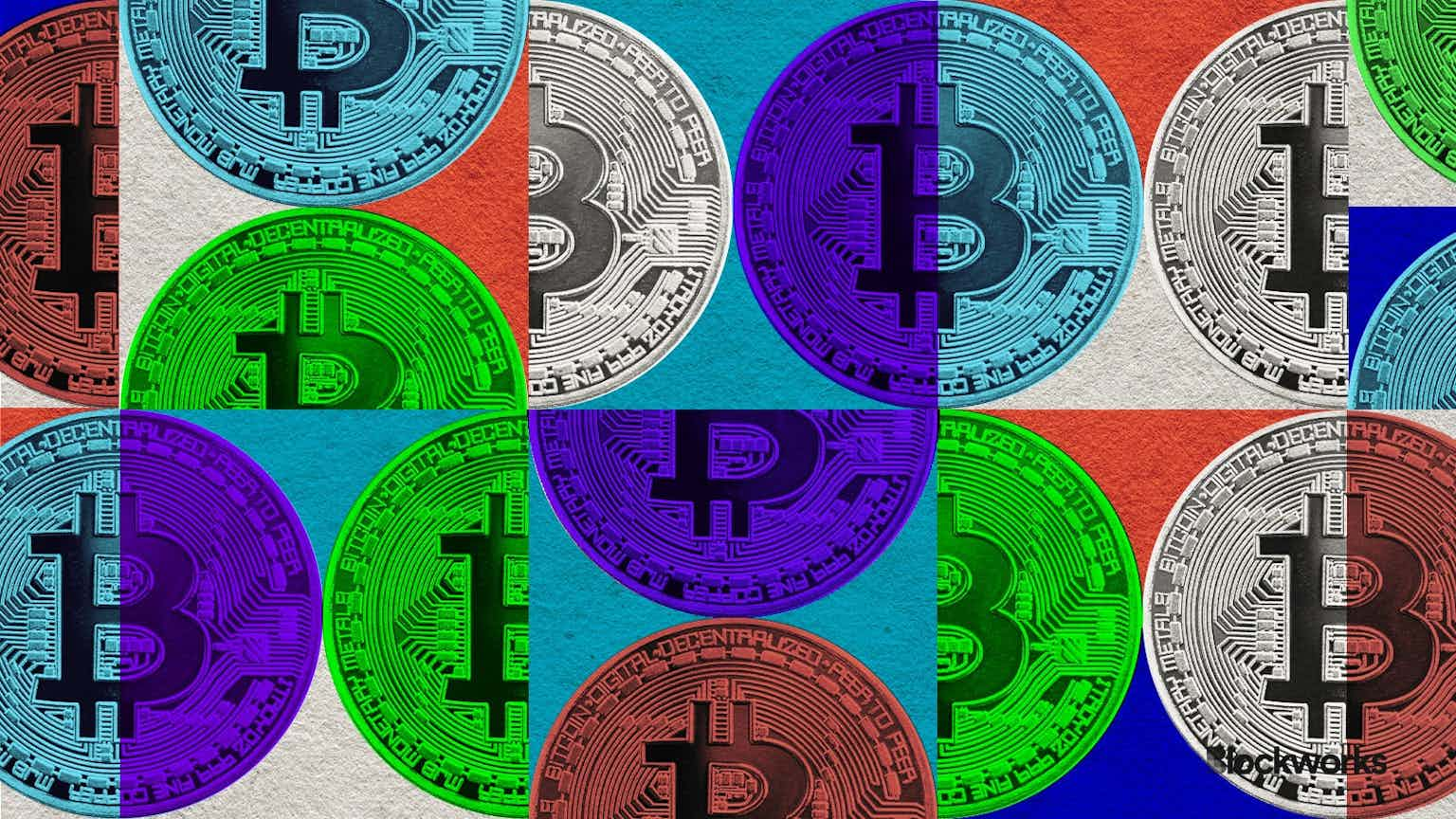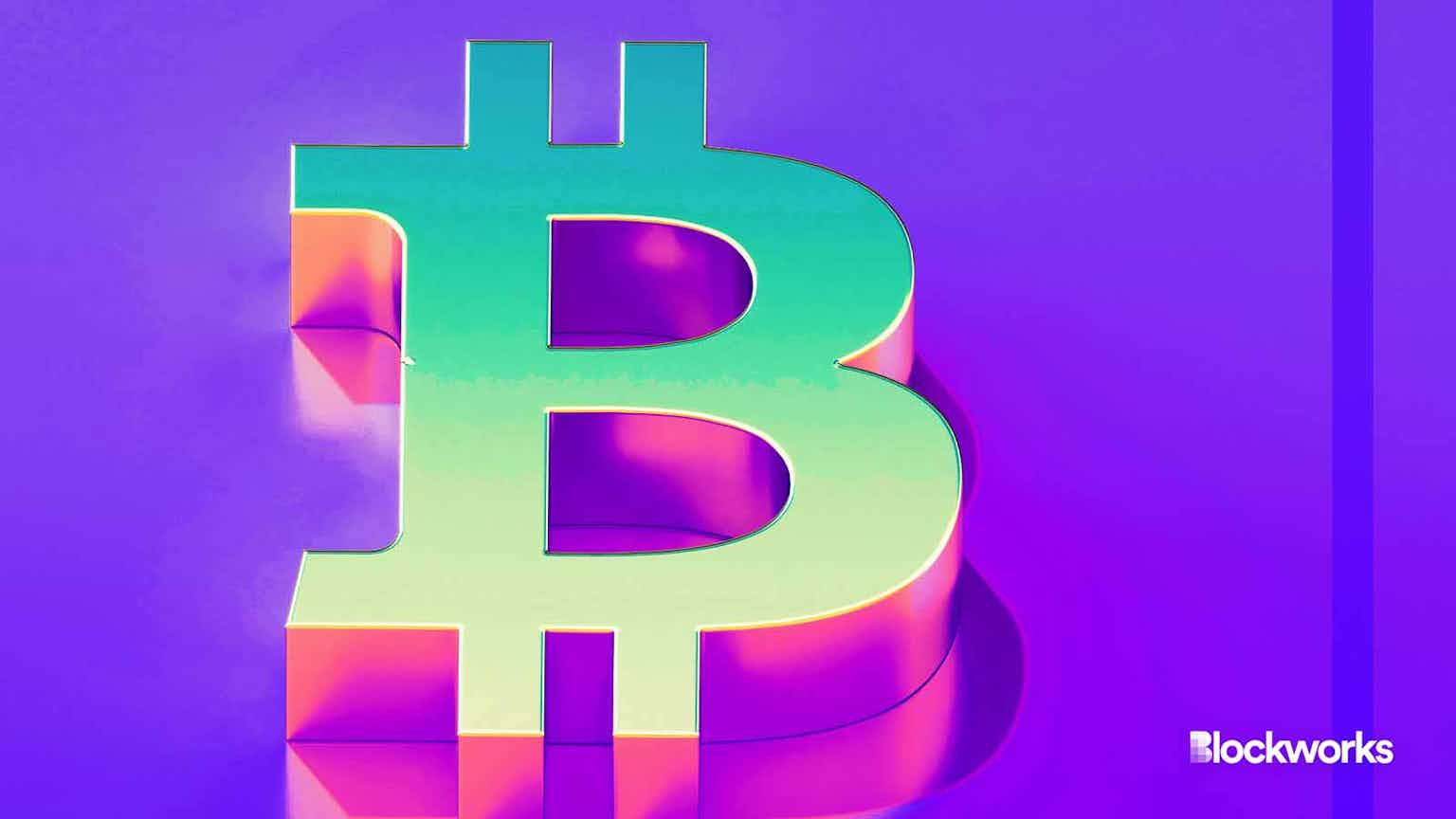Tether Dominance Nears All-Time High as Crypto Crashes
Still the number one stablecoin, Tether is on track to make up more of the crypto market than ever before

Source: Shutterstock
The market dominance of leading stablecoin tether (USDT) is approaching all-time highs as crypto markets suffer from the apparent collapse of FTX.
Almost $70 billion in USDT currently circulates in the crypto ecosystem, making up almost 9% of the entire digital asset market capitalization.
While just shy of its record high of 9.49%, USDT’s dominance is up 25 percentage points from last Friday. That was just before Binance CEO Changpeng Zhao fired shots at rival crypto billionaire Sam Bankman-Fried.
Zhao on Saturday said he’d soon dump millions of dollars in FTX’s native token FTT, culminating in yesterday’s shock offer to totally acquire Bankman-Fried’s FTX.com exchange.
USDT boasted higher supply back in April, a few months before the historic Tether bank run in the wake of failed algorithmic competitor Terra earlier this year. But USDT back then made up only half as much of the crypto space, around 4.5%.
It’s clear that investors are fleeing to the safety of US dollar-denominated tokens. Bitcoin, the largest cryptocurrency by market value, has tanked 20% over the past five days and 15% in the past 24 hours alone, representing $49.1 billion in nominal losses.
BTC’s market cap is now $327 billion, its lowest point in more than two years; its dominance rests at just under 41%. In December 2020, that figure was as high as 71%.
Number-two ether has fared slightly worse, as it often does, down almost 30% over the same period. ETH makes up less than 18% of the digital asset market, about average for the year to date.
The market dominance of tether’s direct rival USDC has also jumped by 25 percentage points since the weekend — moving from a tad over 4% to nearly 5.3%. There’s now $42.7 billion in USDC in circulation — more than $11 billion lower than the beginning of August, when its supply hovered around all-time highs of nearly $56 billion.
USDC growth flipped into reverse
USDC’s market share had incidentally benefited greatly from the demise of Terra. For a brief few weeks throughout May and June, stablecoin junkies cashed in their tethers to the tune of $16 billion, the largest dollar-denominated reduction in USDT supply in history.
All this while USDC’s supply swelled by a similar amount, equal to about 15% growth in one month. Those trends have now reversed, with USDT adding almost $5 billion in supply over the past three months.
Like all other stablecoins, USDC and USDT issue more tokens as demand from major players grows — players such as market makers and other frequent traders, including FTX sister firm Alameda Research. Conversely, they burn tokens as those entities redeem stablecoins for raw dollars, with issuers’ abilities to handle rushes key to consumer confidence.
The reason for USDC’s shrinking supply of late could come down to recent moves made by leading centralized exchange Binance in favor of its own branded offering, BUSD. The platform in September began consolidating various stablecoin order books under the BUSD umbrella, while simultaneously delisting USDC trading pairs.
Binance also nixed trading fees for bitcoin and ether, which seems to have spurred the exchange’s market share, along with BUSD’s. While USDC was busy burning its supply, as customers redeemed tokens for cash, BUSD issued an additional $5.1 billion, representing almost 30% growth in three months.
BUSD’s market dominance — while still much smaller than USDT and USDC — has jumped 31 percentage points over that time, from around 2% to 2.6% today. But Clara Medalie, head of research at Kaiko, reckons slowing activity across decentralized finance (DeFi) protocols this year is more responsible for tapering USDC’s growth.
Medalie explained that USDC is the most-used stablecoin in DeFi, with a larger amount of total value locked than both tether and BUSD.
“USDC has historically never had high volumes on centralized exchanges, so the impact of Binance’s decision to eliminate trading fees and auto-convert USDC deposits likely had a limited impact on its overall market capitalization,” Medalie said.
Tether, a grizzled crypto veteran ready for stablecoin war
Regardless, USDT remains the number one stablecoin. And in light of the current crypto market crash, tether dominance is practically as high as ever (not to mention its share of the stablecoin market, of which its supply makes up more than 48% of all stablecoins in circulation).
Tether’s continued success comes despite shifting goalposts on its backing, flaking on promised audits, settling lawsuits with the New York Attorney General, alongside a myriad of operational red flags stretching back years.
Traders still utilize USDT more than any other stablecoin: Of the $173.5 billion in stablecoin volume over the past day, USDT makes up 75%; BUSD 17%; and USDC 6.5%, although BUSD’s volume has risen significantly in recent months.
Vivek Raman, head of proof of stake at research unit BitOoda, told Blockworks that USDT continues to grow in supply versus USDC because in the face of “endless FUD campaigns against it, Tether published reports of collateral holdings and has survived the summer washout.”
“This, combined with a reshuffling of underlying collateral into safer yielding instruments [US Treasurys], means USDT is likely viewed as significantly safer than USDC and continues to gain traction overseas,” Raman said, adding that BUSD inherently carries Binance’s credit risk.
To that end, Binance in August pledged to begin offering monthly breakdowns of its reserves via BUSD’s actual issuer, Paxos. According to its latest disclosure, BUSD is backed entirely by US Treasury bills and US Treasury debt, the latter in the form of reverse repurchase agreements. Treasurys also feature heavily in USDT and USDC’s reserves.
Raman expressed that the fierce competition in the stablecoin market boils down to large crypto operators realizing that stablecoins offer an excellent business model. The winning stablecoins will have a huge advantage both in the crypto ecosystem (with DeFi adoption) and in the traditional ecosystem as companies, merchants and funds transact in stablecoins.
“Hence, we foresee an era of ‘stablecoin wars’ where there is a healthy competition for stablecoin dominance,” Raman said.
Don’t miss the next big story – join our free daily newsletter.





